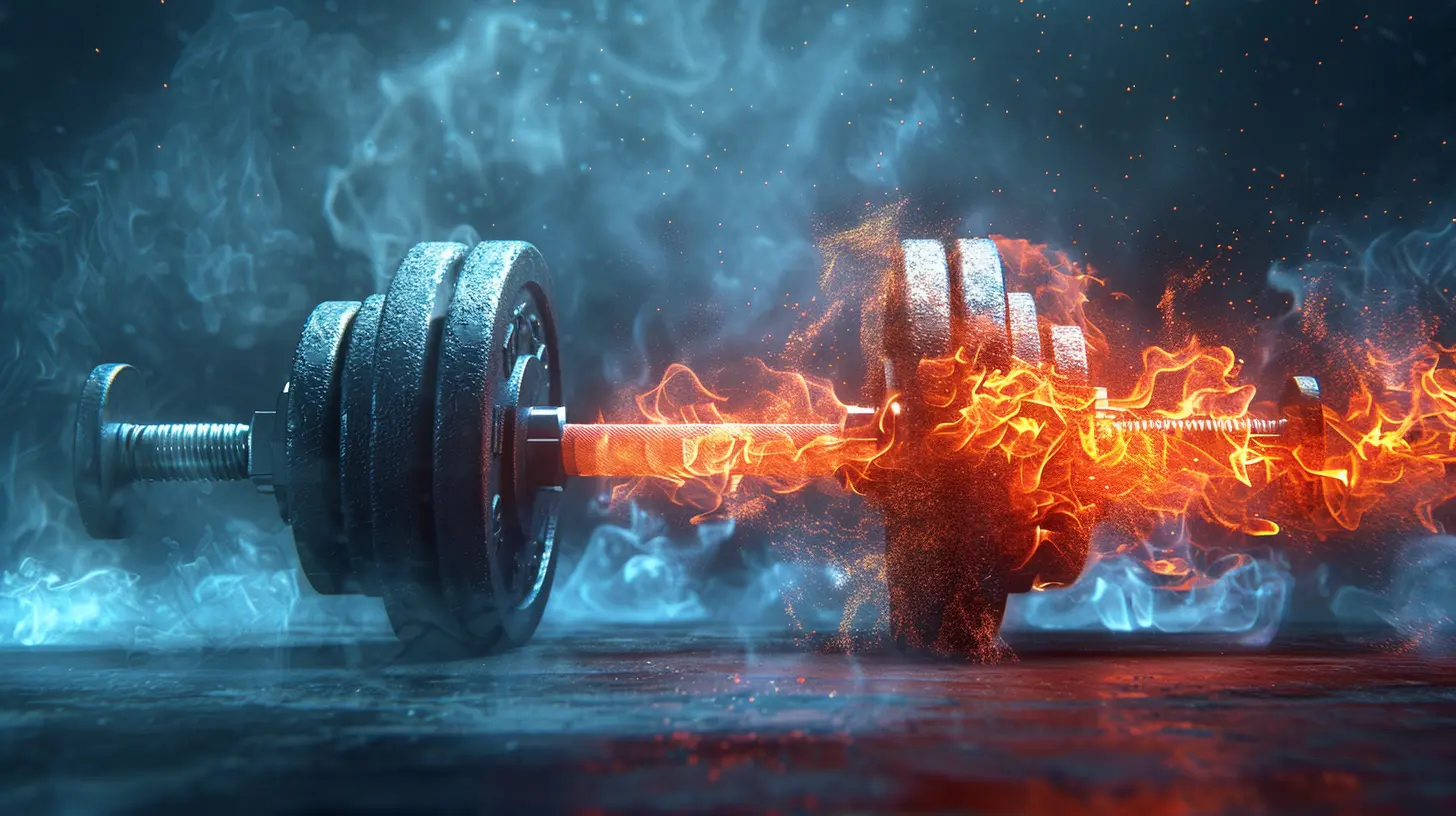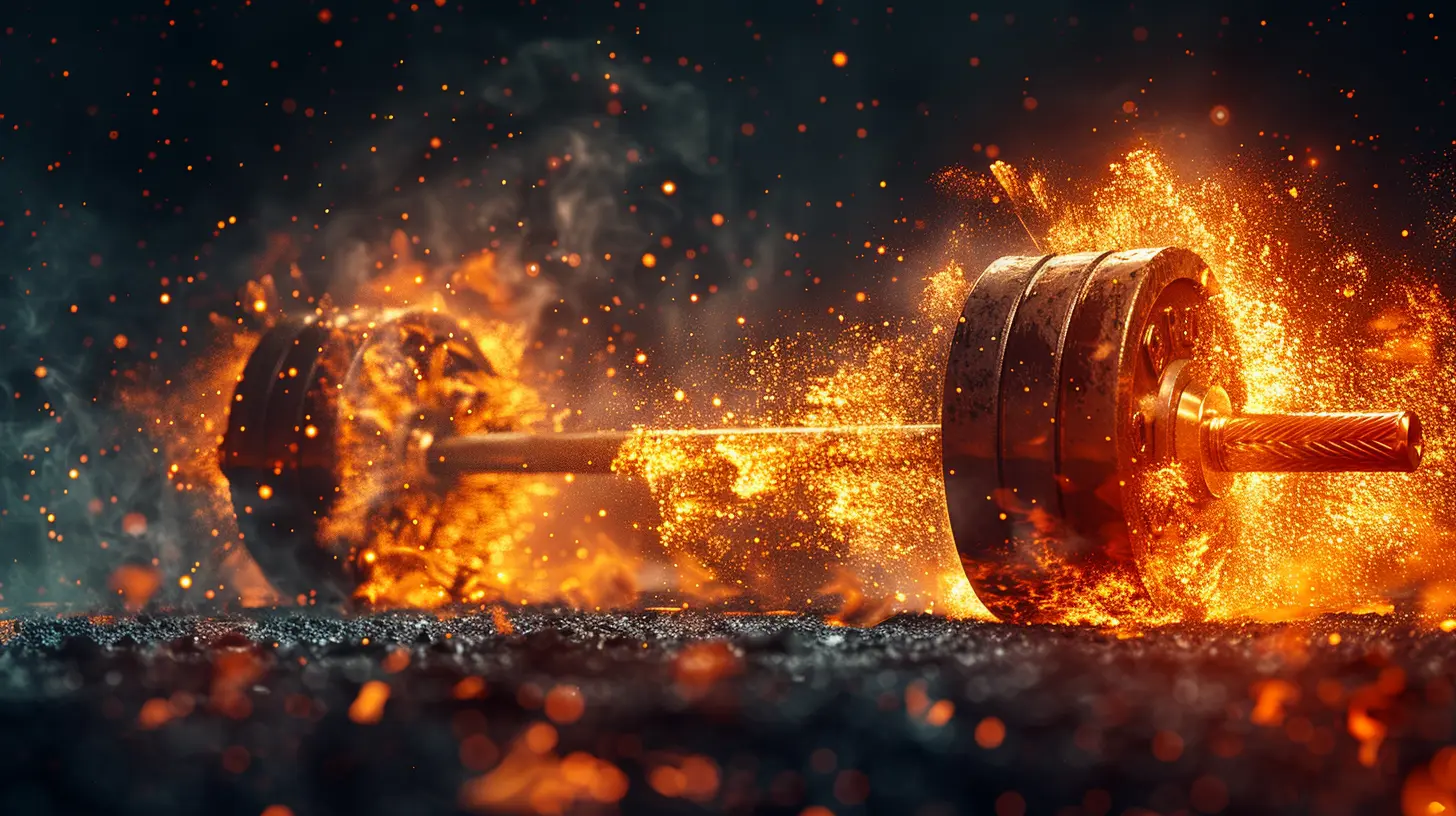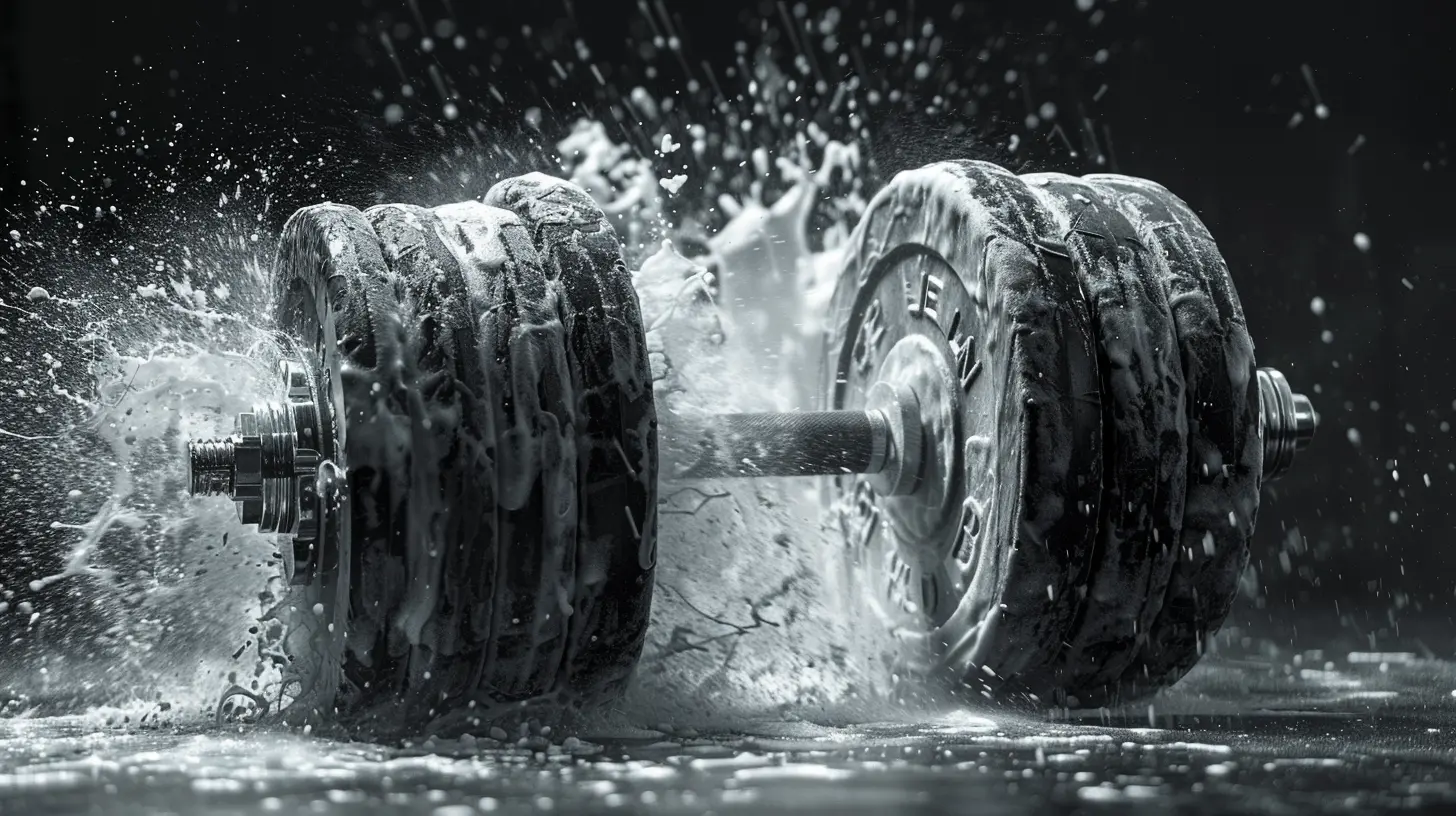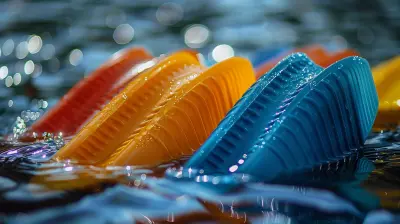The Science Behind Building Explosive Power through Weightlifting
20 July 2025
When you hear about athletes who can leap out of their shoes or sprint down the field like a blur, you’re witnessing the magic of explosive power. But this kind of power doesn’t just happen by chance. It’s the result of a carefully crafted workout regimen that often centers around one key component: weightlifting. Now, you might be wondering, "How does lifting heavy stuff make me quicker or more explosive?" Well, let’s dive into the science behind it all.
Explosive power is essentially your ability to exert maximum force in minimal time. Whether you’re dunking a basketball, sprinting for a touchdown, or delivering a killer punch, explosive power is the secret sauce. And guess what? Lifting weights is one of the most effective ways to develop this kind of power. So, let’s break it all down and figure out how we can use weightlifting to build that explosive, game-changing power.

Understanding Explosive Power: What Is It, Really?
Before we get into the nitty-gritty of weightlifting, let's make sure we understand what explosive power is. In simple terms, explosive power is the ability to generate a large amount of force quickly. It’s a mix of strength and speed. Think of it like a rocket launch: you need both the raw power (fuel) and the right timing (ignition) to take off.In sports, explosive power is crucial for activities like jumping, sprinting, throwing, and changing direction quickly. Whether you're an Olympic sprinter or a weekend warrior playing pickup basketball, this type of power can make the difference between an average performance and a standout one.
Why Is Explosive Power Important in Sports?
Imagine watching a heavyweight lifter hoist a barbell overhead. Now picture a sprinter exploding off the blocks. These two scenarios seem worlds apart, right? But they share one crucial element: both athletes are generating force quickly. In weightlifting, that force happens over a longer duration, but in sprinting, it’s in milliseconds.The faster you can apply strength, the more explosive you are. So, if your goal is to run faster, jump higher, or react quicker, building explosive power through weightlifting can make a huge difference. Plus, it’s not just about sports. Even in everyday life, explosiveness can help, whether you're chasing after your kid or carrying groceries up the stairs.

The Role of Muscles in Explosive Power
Now let’s get to the foundation of it all: your muscles. Specifically, we’re talking about fast-twitch muscle fibers. These muscle fibers are responsible for those high-intensity, short bursts of power. They’re like the sprinters of your muscle groups, whereas slow-twitch fibers are more like marathon runners—better for endurance but not for speed.Types of Muscle Fibers
Your muscles contain two main types of muscle fibers:1. Slow-twitch fibers (Type I): These are built for endurance and can sustain activity for long periods. Think of these as the tortoises of the muscle world.
2. Fast-twitch fibers (Type II): These fibers are designed for short, rapid bursts of power and speed. These are the hares—quick, strong, but not built for the long haul.
When you train for explosive power, you’re targeting those fast-twitch fibers. The more efficiently you can recruit and strengthen these fibers, the more explosive you’ll become.

The Science of Power: Force x Velocity
Okay, here comes the science-y part. Power is a combination of two things: force (how much strength you can generate) and velocity (how fast you can apply that strength). The key to building explosive power through weightlifting is finding the balance between these two.In simple terms: the more force you can apply in a shorter amount of time, the more explosive power you can generate. But how do you actually do that in the gym? Let’s get into it.

How Weightlifting Builds Explosive Power
Weightlifting is the go-to training tool for developing both strength and speed. But not all lifts are created equal when it comes to building explosiveness. You can’t just walk into the gym, slap some plates on a barbell, and expect to turn into a human rocket. There’s a method to the madness.Compound Lifts for Explosive Power
First things first, you’ll want to focus on compound lifts. These are exercises that involve multiple muscle groups and joints working together. Think of them as the heavy hitters in the weightlifting world—big, powerful movements that demand a lot from your body.Some of the best compound lifts for building explosive power include:
- Squats (front and back)
- Deadlifts
- Bench Press
- Overhead Press
- Cleans
- Snatches
Each of these lifts requires you to move heavy weights quickly through a full range of motion, which is essential for building explosive power. By engaging various muscle groups simultaneously, you're teaching your body to work as a cohesive unit, which translates to more explosive performance on the field, court, or track.
Training with Heavy Weights
One of the most effective ways to build explosive power is by lifting heavy weights at low reps. When you lift heavy, you're focusing on maximum strength—the "force" part of the power equation. You won’t be moving the bar quickly, but you’re training your muscles to generate a massive amount of force.Here’s a breakdown:
- Reps: 1-5
- Sets: 3-5
- Rest: 2-3 minutes between sets
This style of training helps recruit fast-twitch muscle fibers and teaches your body to generate maximum force. But remember, lifting heavy isn’t about maxing out every time. You want to stay in the 80-90% range of your one-rep max for optimal results.
Speed Work: The Velocity Factor
Once you’ve built a solid foundation of strength, it’s time to focus on speed. This is where dynamic effort training comes into play. Instead of lifting as heavy as possible, you’ll lift lighter weights but focus on moving them as fast as possible. This helps you train the “velocity” part of the power equation.For example, you can do speed squats or cleans with about 50-60% of your one-rep max. The goal here is to move the weight explosively. This type of training teaches your nervous system to fire your fast-twitch fibers quickly, boosting your overall explosiveness.
Plyometrics: Jumping into Explosive Power
To take it a step further, you can add plyometrics to your weightlifting routine. Plyometrics are exercises that involve quick, explosive movements like jumping, bounding, and sprinting. Think of them as the icing on the explosive power cake.Some great plyometric exercises to incorporate include:
- Box jumps
- Depth jumps
- Broad jumps
- Medicine ball slams
Plyometrics help improve the stretch-shortening cycle of your muscles, which is the process your muscles go through when they quickly lengthen and then shorten. This is key for developing that quick, explosive power that can make or break your performance.
Building a Power-Focused Weightlifting Routine
Now that you know the exercises and the science behind them, let’s talk about putting it all together. Here’s a simple template for a power-focused weightlifting routine:Sample Explosive Power Workout
Day 1: Lower Body Power- Squats: 5 sets of 3 reps (heavy)
- Deadlifts: 4 sets of 3 reps (heavy)
- Box Jumps: 4 sets of 5 reps (explosive)
- Speed Squats: 3 sets of 5 reps (50-60% of max, focus on speed)
Day 2: Upper Body Power
- Bench Press: 5 sets of 3 reps (heavy)
- Overhead Press: 4 sets of 3 reps (heavy)
- Medicine Ball Slams: 4 sets of 10 reps (explosive)
- Speed Bench Press: 3 sets of 5 reps (50-60% of max, focus on speed)
Day 3: Plyometric Focus
- Broad Jumps: 4 sets of 5 reps
- Depth Jumps: 4 sets of 5 reps
- Sprint Intervals: 6 sets of 20 meters (focus on explosive starts)
This is just a basic framework, and you can tweak it based on your specific goals. The key is to mix heavy lifting with speed work and plyometrics, so you're targeting both force and velocity.
Recovery: The Unsung Hero of Explosive Power
Building explosive power isn’t just about what you do in the gym; it’s also about how well you recover. Your muscles need time to repair and grow stronger after intense training sessions. Make sure you’re getting enough sleep, eating plenty of protein, and engaging in active recovery like stretching or light cardio on rest days.Remember, explosive power is a product of both training hard and recovering smart. Without recovery, your muscles won’t get the chance to rebuild, and you’ll end up spinning your wheels instead of making progress.
Final Thoughts
Building explosive power through weightlifting isn’t just about moving heavy weights—it’s about moving them quickly and efficiently. By targeting your fast-twitch muscle fibers, incorporating both heavy lifts and speed work, and adding plyometrics for good measure, you can develop the kind of explosive power that will enhance your athletic performance and make you a force to be reckoned with.So next time you hit the gym, remember: it’s not just about how much you can lift. It’s about how fast you can unleash that strength. Get ready to explode!
all images in this post were generated using AI tools
Category:
Strength TrainingAuthor:

Everett Davis
Discussion
rate this article
1 comments
Zephyrian Jones
Great insights! I appreciate the connection between science and performance in weightlifting. Thank you!
August 9, 2025 at 2:35 AM

Everett Davis
Thank you for your kind words! I'm glad you found the connection valuable.


